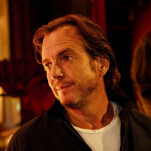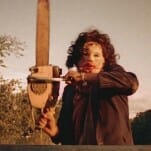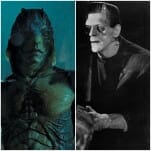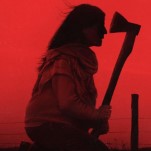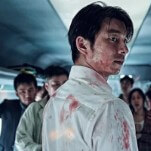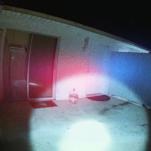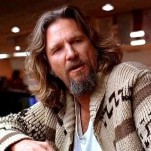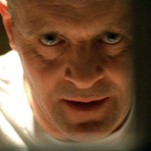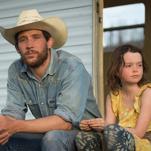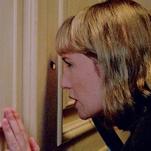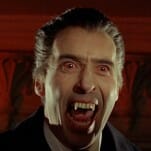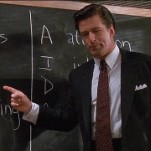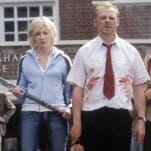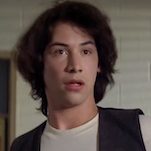Requiem for a Journalist
A discussion with Michael Cuesta, director of Kill the Messenger
Director Michael Cuesta has been the man behind the camera for some of the most talked about TV shows of the last decade: Homeland and Dexter. Now, he has taken his knack for riveting, thrill-ride storytelling to the next level with Kill the Messenger starring Jeremy Renner.
Based the true story, Kill the Messenger follows Pulitzer Prize-winning San Jose Mercury News journalist Gary Webb, recounting how he uncovered a story that led to the origins of the crack epidemic on the nation’s street in the mid ’90s. As the story unfolded, he eventually linked the epidemic to the CIA as they were allegedly aware that major drug dealers were smuggling cocaine into the country. Through a web of leads and hardcore investigative journalism, he stopped at nothing and risked everything, including his family and career, to uncover the truth in a news story that stunned the entire nation.
We had the chance to talk to Cuesta about making a journalistic thriller based on a true story, his favorite classic journalism films, and the answer to the question we are dying to know: Is he more of a Dexter or a Carrie?
Paste: Were you familiar with Gary Webb’s story before signing on to direct Kill the Messenger?
Michael Cuesta: When I read the script, even reading the log line, I remembered this story breaking and the allegations and [Gary Webb’s] little press junket. I remember seeing him on Montel Williams. I wasn’t aware of the discrediting of him, what went on as a result of writing the story and what ultimately happened to him. After that, I did a lot of reading and research and just really saw it. It was an injustice. No good investigative journalist should have to go through what he went through—despite the fact that the editors made some mistakes. If Gary got one thing wrong or didn’t connect all the dots completely, he needed to keep writing. He needed to keep investigating and he didn’t get that chance.
Paste: When you were working on the film, did you get any criticism or help from the San Jose Mercury News?
Cuesta: I didn’t talk to them, but my production designer got a lot of push back trying to get newspapers and props and things like that. They weren’t that helpful. There was one reporter who did some follow-up work for Gary who was pretty helpful—Pete Carey, a Pulitzer-prize winning reporter. We feature him in the movie briefly. When I was making the film, I tried to shield myself from that because I just wanted to focus on the craft of making this and getting it right. I didn’t want any doubt. I really tried to put the blinders on and just tell this story, but it’s all in the script. You got to get it right.
Paste: The cast is amazing. Did you get the cast that you wanted?
Cuesta: Mostly everyone said yes. There were a few passes here and there but not many. The reason why I think it was relatively easy to cast those roles is because they’re all really integral parts of the investigation of the story. They can’t be cut, they’re really deep in the story, and have stakes to it. They’re not just like some cameo or something.
-

-

-

-

-

-

-

-

-

-

-

-

-

-

-

-

-

-

-

-

-

-

-

-

-

-

-

-

-

-

-

-

-

-

-

-

-

-

-

-






